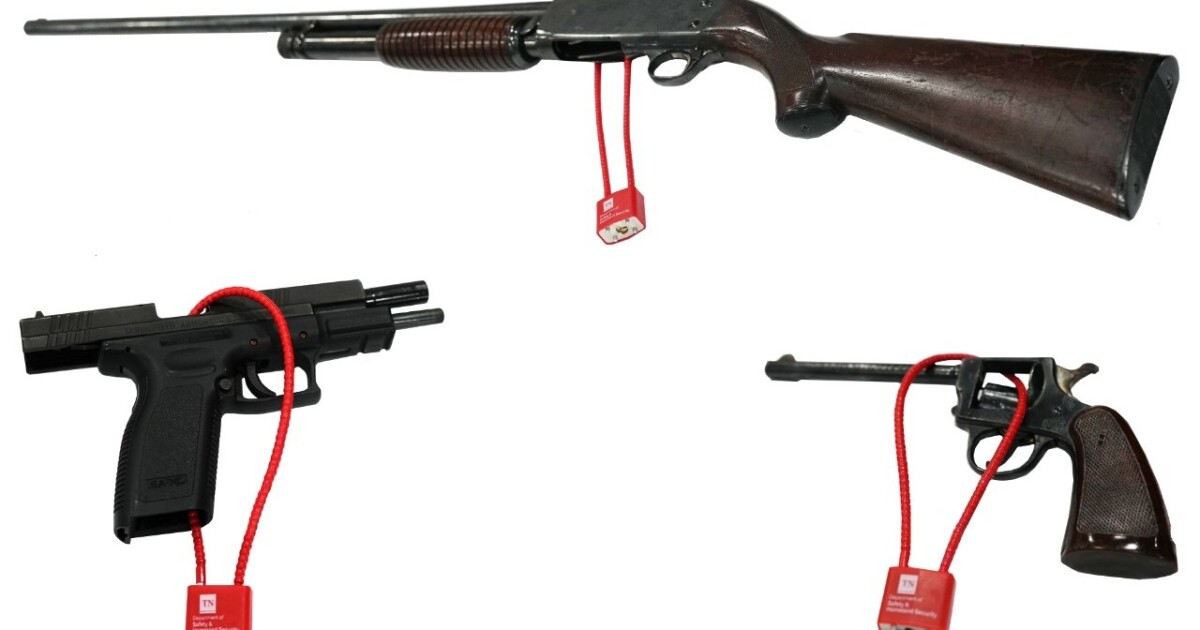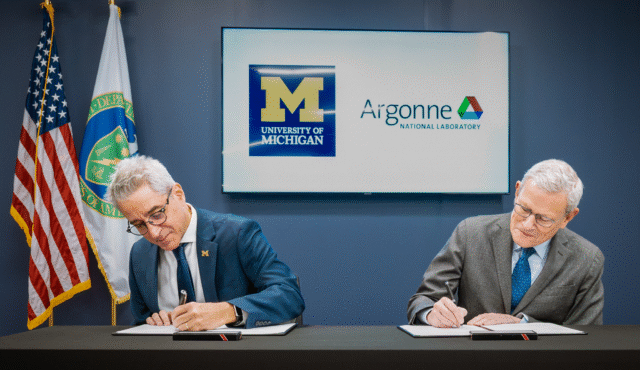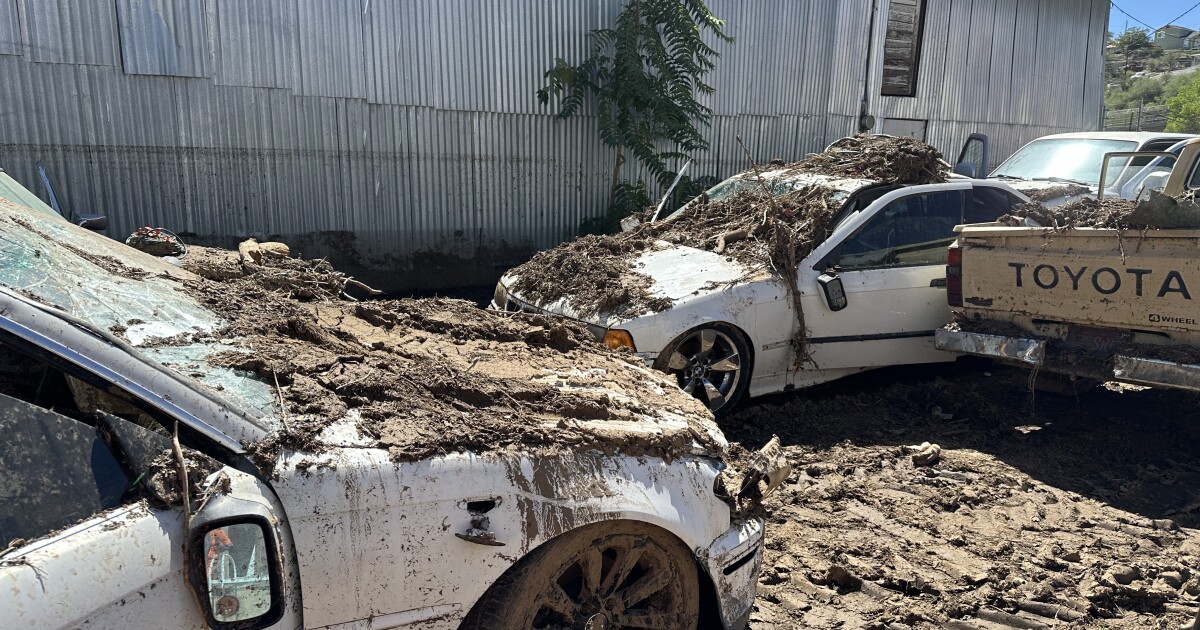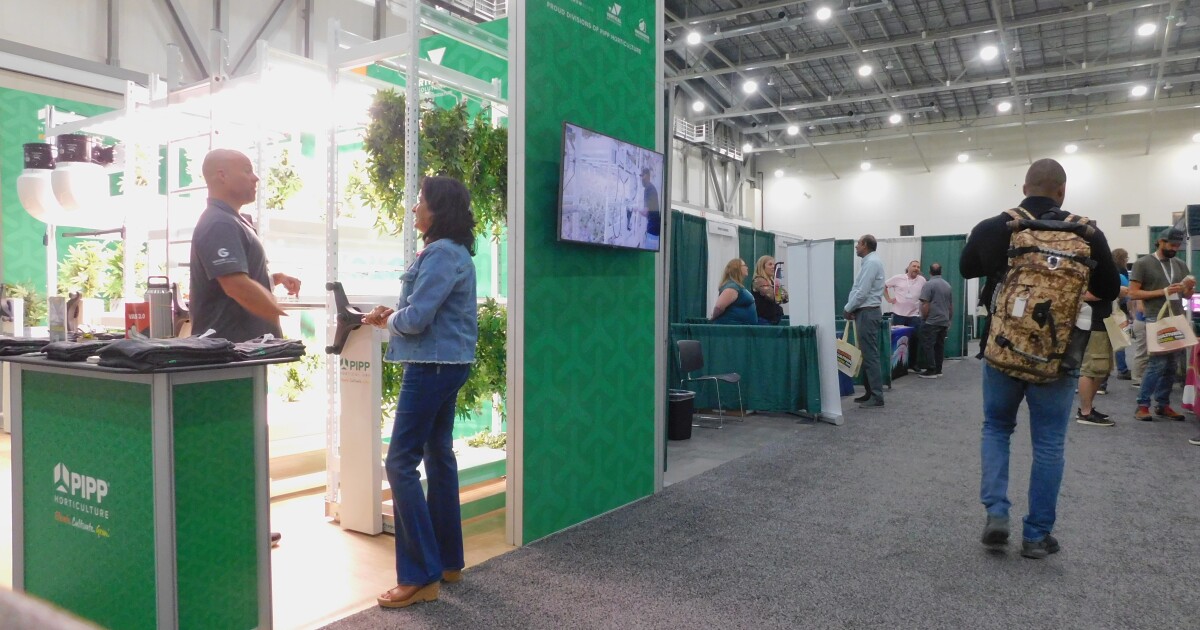COLUMBIA FALLS — Two years ago, Kim Hilton and his partner left their home as the new landlord raised the rent. Their Social Security couldn’t cover the cost of apartments in Montana’s Flathead Valley, forcing them apart. Hilton, 68, moved into a Chevy Avalanche.
Hilton faced harsh conditions, struggling with diabetes, as his insulin froze that first night. Winter temperatures fell to minus 20 degrees, and Hilton’s fuel pump failed. Despite his optimism, his spirit eventually broke.
Hilton said, “I just said I want to go to sleep and not wake up and I won’t have to worry about anything. I’ll just sit here and be a little popsicle in the truck.”
The rise in homeless seniors is overwhelming services nationwide. Older Montanans particularly struggle, as housing costs have surged since 2021, partly due to the increase in remote work. Montana is among the fastest-growing homeless populations states.

Dennis Culhane at the University of Pennsylvania estimated that homeless seniors would triple from 2019 to 2030. The recently updated prediction shows even faster growth. By 2022, nearly 250,000 people over 55 were unhoused, half experiencing homelessness for the first time.
Wendy Wilson, a case manager at Assist nonprofit, sees the “gray wave” firsthand. Her work increasingly involves finding housing for older adults. Wilson emphasizes, “They have medical issues. It’s not easy for them to be living in a truck or at the homeless shelter…”
Hilton moved to the Samaritan House in Kalispell but suffered health issues. His pressure wounds, caused by prolonged sitting and unhealed due to diabetes, led to amputations. Shelter staff and case workers struggled to find suitable accommodations for his medical needs.
Caitlyn Synovec from the National Health Care for the Homeless Council notes that seniors often can’t be safely served in shelters due to incontinence or cognition issues, leading to more severe conditions.
Communities are seeking solutions, such as homeless shelters for seniors in Salt Lake City and Fort Lauderdale. Montana has received federal approval to use Medicaid funding to temporarily assist those with medical conditions in paying rent.
However, Synovec emphasizes the need for affordable, accessible housing to prevent senior homelessness. Hilton needed a ground-floor apartment due to his wheelchair.

In fall, Hilton found housing that accepted his Medicaid waiver, receiving an electric wheelchair for easier mobility. Hilton expressed joy about his new wheelchair, saying, “It goes fast for a wheelchair. I’m going to find out when I go down to dinner.” He and Wilson were relieved to have secured stable housing, a rare success in her experience working with seniors.
—
Read More Montana News









